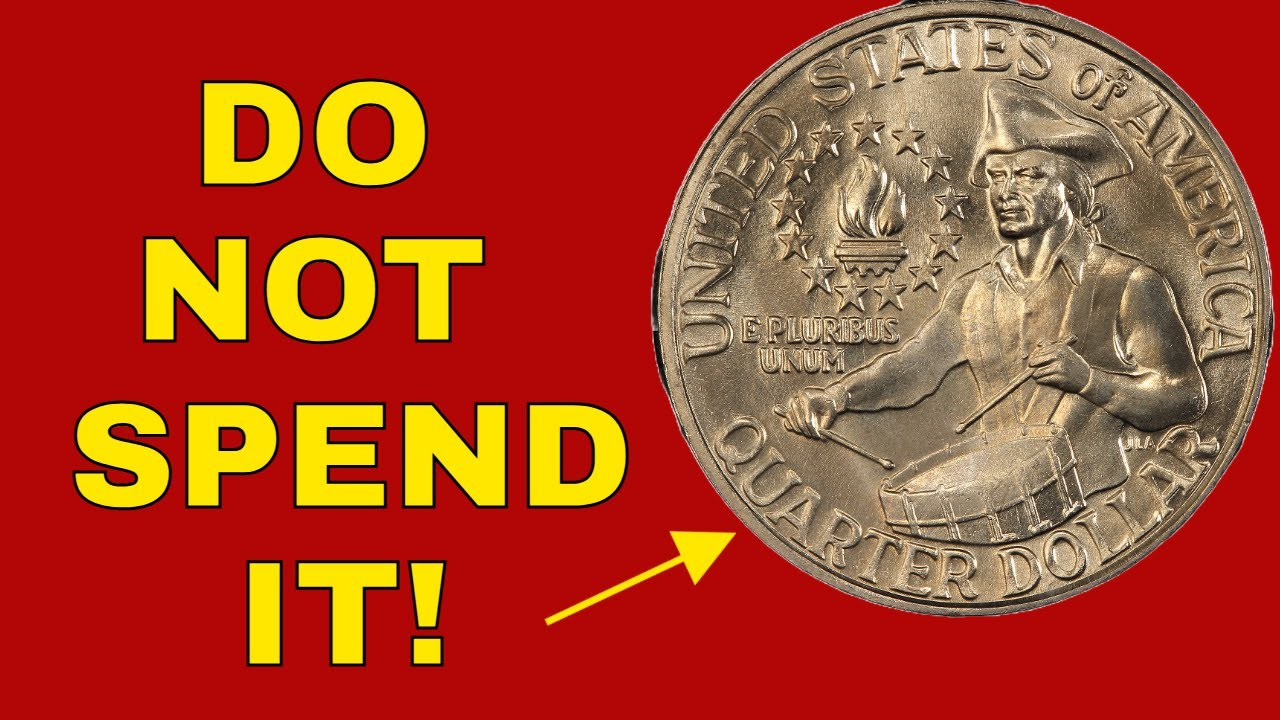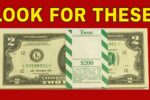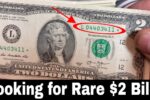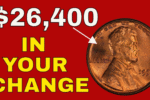Rare $3.7 Million Biennial Quarter:Sometimes pocket change turns into numismatic legend. In 1975-76, the U.S. Mint issued special Bicentennial quarters, with a colonial drummer on the reverse and dual dates “1776-1976.” While most of the 1.7 billion coins minted are worth just 25¢, a small fraction hold extraordinary value — some selling for millions.
Rare 1955 Doubled die Penny found in tip jar sells for $240,000
What Makes These Quarters Exceptional?
1. Silver-Covered Mules
Some experimental coins were made with a mismatched metal composition – copper-nickel on one side and 40% silver on the other. These are called “silver-clad mules.” Only a few exist, and the value of these rarities has soared – estimates range from $2 million to $45 million, with the finest examples grading around MS-67
2. Double-Strike Errors
“Ghost images” have resulted from misalignments during mining – particularly double drummers or torches. Such errors are huge finds, with one example reportedly worth $18.5 million.
3. No-Mint-Mark Proofs and Other Anomalies
Occasionally, proof coins were made without the “S” (San Francisco) mintmark, or with misprinted dates or off-center strikes. These variations can be worth $1-$5 million+ depending on condition and rarity
Why so Valuable?
- Extremely low survival rate: Only a handful of experimental or flawed coins are known to exist out of the approximately two billion coins produced.
- Mint state perfection: Coins graded MS-67/70 or PR-70 are rare and highly sought after.
- Numismatic appeal: Errors such as mules or double-strike defy traditional minting and capture collectors’ imaginations.
- High demand: Wealthy collectors seek one-of-a-kind pieces, driving prices into the six or seven figures.
How to Spot a Potential Mega-Value Quarter
| Feature | What to Look For |
|---|---|
| Metal Composition | Heavier weight? You might have a silver‑clad piece. |
| Visual Errors | Does one side show extra images, or is the mintmark absent? |
| Condition | Look for brilliant, uncirculated examples—no wear or scratches. |
| Authentication | Have it graded by PCGS or NGC; always verify provenance before selling. |
Even circulated coins with less dramatic errors — such as off-center strikes or doubled dies — can sell for thousands, while some proof varieties still sell for five figures
What Should You Do
- Weigh and inspect – 40% silver coins weigh more than plated coins.
- Check for mint marks and errors – look for “S” mint marks, missing markings, double images.
- Maintain condition – use gloves; store in a sealed capsule or flip.
- Get graded – submit to PCGS or NGC for authentication.
- Get expert advice – work with reputable coin dealers or auction houses for appraisals.
Ground Level
Yes, there’s a chance you could have a multi-million dollar coin in your pocket. Whether it’s a rare mule, a double-struck experiment, or a proof error, every Bicentennial quarter is worth a second look. Even aside from the blockbuster errors, many of these coins hold unexpected value—only high-grade or silver-coated variants can command hundreds to thousands of dollars. So the next time you pull out change, take a closer look at those shiny 1976-1976 quarters—it might pay off handsomely.
Are you curious about getting your coin graded or looking for similar hidden treasures? Let me know – I’d love to help you navigate the world of numismatics!
Frequently Asked Questions (FAQs..)
What is a Bicentennial Quarter?
The Bicentennial Quarter is a special U.S. quarter issued in 1975-1976 to celebrate America’s 200th anniversary. It features a colonial drummer and the double date “1776-1976” on the reverse.
Why is one worth $3.7 million?
Some ultra-rare Bicentennial quarters have mint errors or experimental features, such as:
- Accidentally struck on a silver planchet.
- Having double-strike or off-center minting errors.
- Having no mintmark (rare proof version).
- These coins can be worth millions of dollars to collectors due to their rarity, historical significance, and condition.
How can I tell if I have a rare item?
Pay attention to these signs:
- Unusual weight (silver coins weigh more).
- Missing mintmark (no “D” or “S”).
- Visible minting errors (such as double images or off-center strikes).
- Exceptional condition (uncirculated or proof-like luster).
- Recommended by





